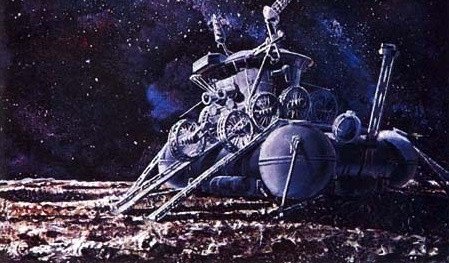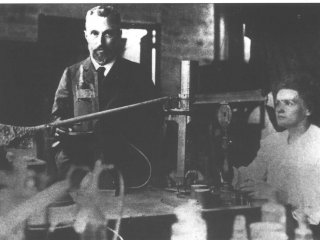
It landed on the Moon in the Sea of Rains a week later, on November 17. Something called Lunokhod (Moon Rover) rolled out onto the lunar surface. Our beloved Moon tractor, in Vladimir Vysotsky’s words. It was designed by Grigory Nikolaevich Babakin; a lunar crater bears his name today.
But that came after years of research. At first, nobody even knew that the lunar surface was like or if a moon floater, for example, should have been made rather than a moon rover. The problem was solved by Sergey Pavlovich Korolev who issued an order to consider the Moon solid.
Dozens of lunokhod versions were considered: with rotary screw propulsion, track type, jumping and even somersaulting designs, but the final choice was the version with wheels and tank chassis. For those who do not know it, Lunokhod 1 was a hermetically sealed instrument compartment placed upon a self-propelling buggy. The buggy had eight wheels, each with its own electric engine. There was the ninth wheel as well, which was used to measure the distance traveled rather than to move the Lunokhod. And measure it did: 10.5 km in almost 11 Earth months, including detours round deep craters.
The “Moon tractor” was controlled from the Earth, where it also transmitted what its TV-camera “eyes” saw. A special crew was set up to control the Lunokhod, or rather two alternating crews, each including the captain, the driver, the spare driver, the navigator, the engineer, and the operator.
























